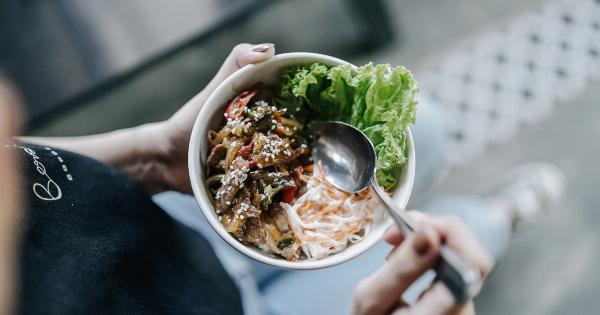Salmonella and E. coli are two types of bacteria that can cause foodborne illnesses in humans. These bacteria can be found in various foods, but there are certain foods that are more likely to carry higher levels of salmonella and E. coli.
In this article, we will explore these foods and discuss ways to prevent bacterial contamination.
1. Poultry
Poultry, such as chicken and turkey, is one of the primary sources of salmonella and E. coli contamination. These bacteria can be present in raw poultry meat, as well as on the surfaces of the meat.
It is essential to handle and cook poultry properly to minimize the risk of bacterial infections.
2. Eggs
Raw or undercooked eggs have been known to contain salmonella bacteria. It is crucial to cook eggs thoroughly to kill any bacteria that may be present. Additionally, proper storage of eggs in the refrigerator ensures a lower risk of contamination.
3. Raw Milk and Dairy Products
Raw milk and dairy products can carry both salmonella and E. coli. Pasteurization, a process of heating milk to kill bacteria, helps reduce the risk of infection. Consuming pasteurized dairy products is generally safer than consuming raw ones.
4. Raw Vegetables and Fruits
Raw vegetables and fruits can become contaminated with salmonella and E. coli through contact with contaminated soil, water, or animals during cultivation or harvesting.
Washing produce thoroughly under running water can help reduce bacterial contamination.
5. Ground Meat
Ground meat, such as ground beef, can carry higher levels of bacteria due to the increased surface area exposed to potential contamination during processing.
Cooking ground meat to a safe internal temperature helps kill any bacteria that may be present.
6. Shellfish
Shellfish, including oysters, clams, and mussels, are filter feeders that can accumulate bacteria from the water they live in. Consuming raw or undercooked shellfish poses a higher risk of bacterial infections.
Proper cooking and avoiding raw shellfish reduce the likelihood of illness.
7. Sprouts
Raw sprouts, such as alfalfa sprouts, have been linked to several outbreaks of salmonella and E. coli infections. The warm and humid conditions required for sprouting can also promote bacterial growth.
Cooking sprouts thoroughly can help eliminate any harmful bacteria.
8. Unpasteurized Juices
Unpasteurized or fresh-squeezed juices, especially those made from fruits and vegetables, may carry bacteria like E. coli. Pasteurization helps destroy bacteria and make juices safer for consumption.
9. Uncooked Grains and Legumes
Raw grains and legumes, including rice, wheat, and beans, can be contaminated with bacteria during growth, harvest, and storage. Thorough cooking kills bacteria and significantly reduces the risk of foodborne illnesses.
10. Deli Meats and Hot Dogs
Deli meats, such as ham and turkey, and hot dogs can contain harmful bacteria, including E. coli and Listeria. These bacteria can survive in refrigerated conditions.
If consuming deli meats or hot dogs, ensure they are properly cooked or heated to kill any bacteria present.
Conclusion
While salmonella and E. coli can be found in various foods, certain foods are more likely to carry higher levels of these bacteria.
Poultry, eggs, raw milk and dairy products, raw vegetables and fruits, ground meat, shellfish, sprouts, unpasteurized juices, uncooked grains and legumes, and deli meats and hot dogs are among the foods that may pose a higher risk of bacterial contamination. It is crucial to handle, store, and cook these foods properly to reduce the risk of foodborne illnesses caused by salmonella and E. coli.




























